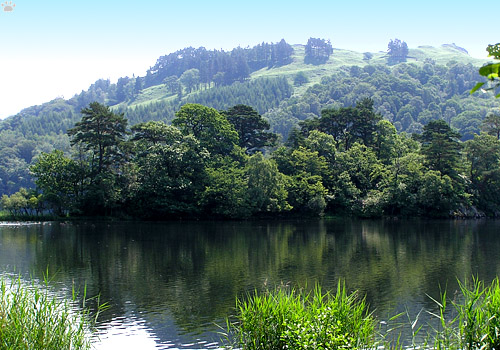
Lake Thirlmere in Lake District National Park, Cumbria, England.
Part 8: Forests
Originally, most of Britain was densely forested. Most of those forests are now gone or replaced by commercial plantations of exotic conifers. It's difficult to find any natural forest; surprisingly, there's much less of it left in Scotland than in England.
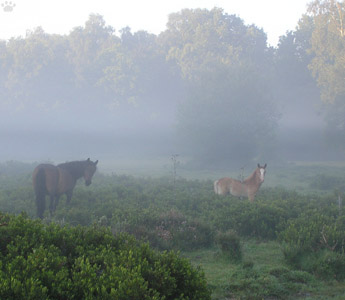 |
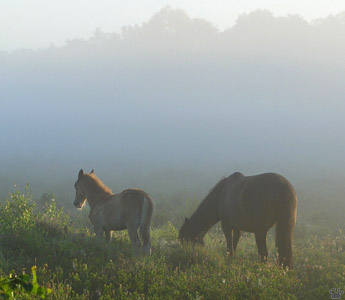 |
| Wild ponies, New Forest National Park, England. |
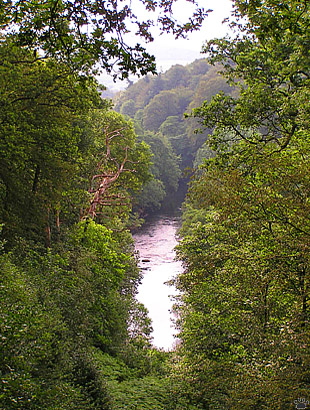
River Wharfe, Yorkshire Dales National Park, England. |
But where they still exist, British forests are very beautiful. There are old- growth stands of oak, beech, and linden in the south, spruce and some pine in the north. |

Loch na h-Achlaise, Ben Nevis and Glen Coe National Park, Scotland. |
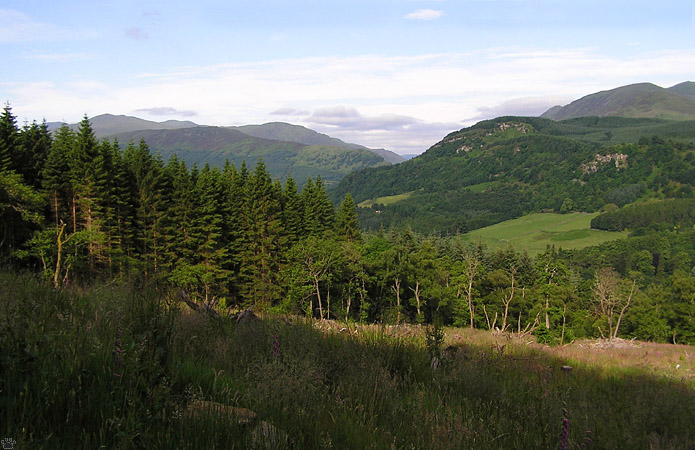
Forests of Loch Rannoch and Glen Lyon National Park, Scotland. |
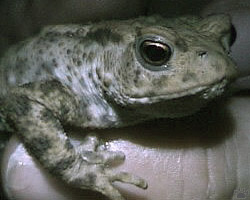
Common toad (Bufo bufo), Dartmoor National Park. |
Of course, these forests get a lot of visitors, but not as many as one might expect. Even on summer weekends, early mornings and nights are very quiet, and you can walk there alone, looking for numerous creatures that show up at that time. |
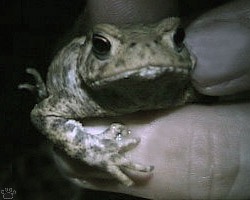
Common toad, Dartmoor National Park, England. |

Forest in Yorkshire Dales National Park, England. |
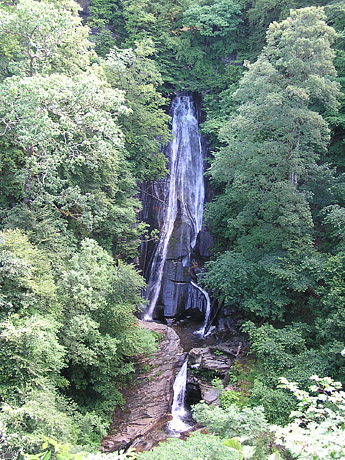
Falls of Acharn, Loch Rannoch and Glen Lyon National Park, Scotland. |
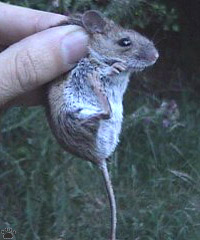
Wood Mouse (Apodemus sylvaticus),
Windsor Forest, England.
|
Being an island, Britain has less biodiversity than the mainland Europe, even after the introduction of many exotic plants and animals.
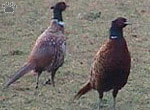
Common pheasants (Phasianus colchicus), Windsor Forest.
But wildlife is often easier to see here than in most other European countries. |

Common frog (Rana temporaria),
Snowdonia National Park, Wales.
|
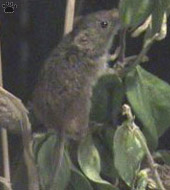 |
 |
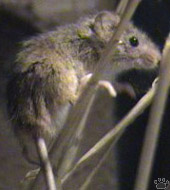 |
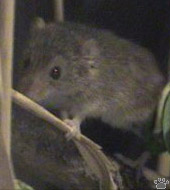 |
| Eurasian harvest mouse (Micromys minutus), Windsor Forest. |
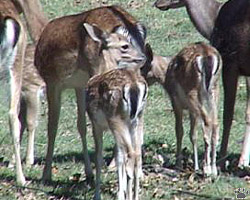
Fallow deer (Cervus dama), New Forest Nat'l Park. |
In southern England, you can sometimes see five species of deer in one-two hours. Look along the edges of larger forests bordering meadows, moors and fields, best at dusk or at dawn. Some of them are very tame, others rather shy. |
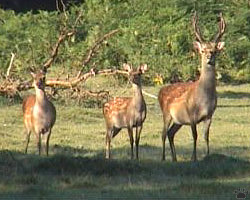
Sika deer (Cervus nippon), Windsor Forest. |
 |
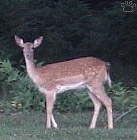 |
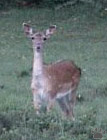 |
 |
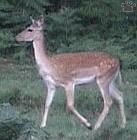 |
| Fallow deer, Windsor Forest. |
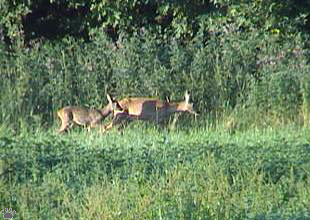
Chinese water deer (Hydropotes inermis), Windsor Forest. |
Of these five species, only one - the roe deer - is native to Britain. |
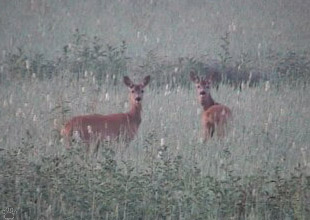
Chinese water deer, Windsor Forest. |
 |
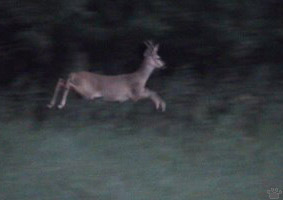 |
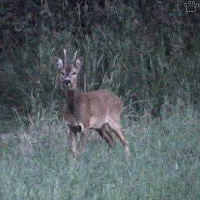 |
| Roe deer (Capreolus capreolus), Windsor Forest. |
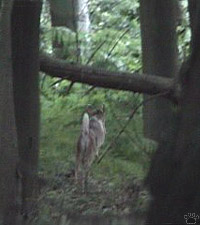
Muntjac (Muntiacus muntjac), Windsor Forest. |
Muntjac deer, introduced from India, prefer dense forests of oak and beech.
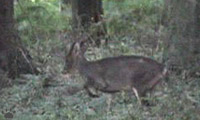
Muntjac deer, Windsor Forest.
In the coniferous forests of northern Scotland, the only common species is Scottish red deer. |
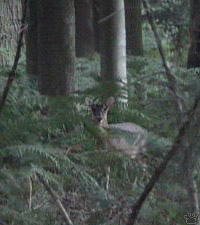
Muntjac deer, Windsor Forest. |
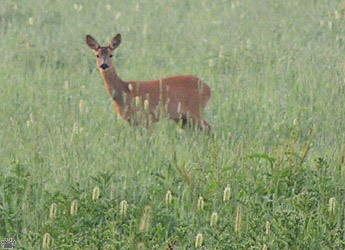
Roe deer, Windsor Forest. |

Scottish red deer (Cervus elaphus scoticus), Ben Nevis, Scotland. |

Eurasian otter, New Forest National Park. |
Otters, once almost extinct, are now common.
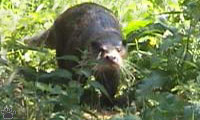
Eurasian otter (Lutra lutra), New Forest.
But don't expect them to be easy to see. |

Eurasian otter, New Forest, England. |
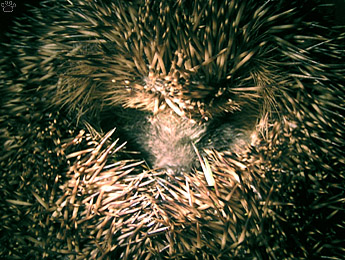 |
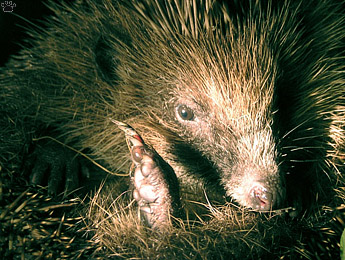 |
| European hedgehog (Erinaceus europaeus), Brecon Beacons National Park, Wales. |
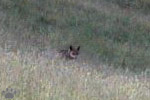
Red fox (Vulpes vulpes),
Breacon Beacons, Wales. |
The most commonly seen wild mammals in most of Britain are hedgehogs, badgers and foxes. It's the best place in the world to see badgers. Foxes live not only in the forests and moors, but also in cities: there are thousands of them in London. Hedgehogs have been introduced to some offshore islands, where they've multiplied greatly, and now destroy many bird nests. |
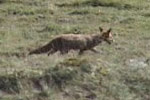
Red fox, Brecon Beacons
National Park, Wales. |
 |
 |
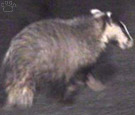 |
 |
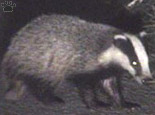 |
| Eurasian badger (Meles meles), Pembrokeshire Coast National Park, Wales. |
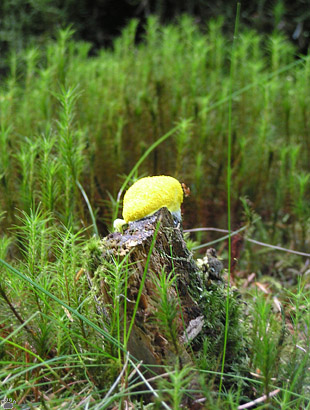
Slime mold, Loch Rannoch & Glen Lyon National Park, Scotland. |
Not all wildlife is easy to find. Few have seen such rarities as English polecat and Scottish wild cat. I was very surprised to meet a relatively tame wild cat near Loch Tay. |

Scottish wild cat, Loch Rannoch & Glen Lyon NP. |
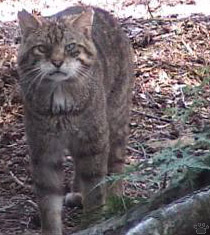 |
 |
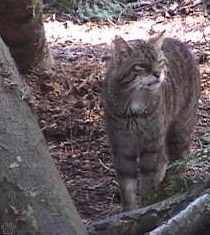 |
| Scottish wild cat (Felis lybica grampia), near Loch Tay, Loch Rannoch & Glen Lyon NP, Scotland. |

Heath spotted-orchid (Dactylorhiza maculata),
Caingorms National Park, Scotland. |
Britain has very interesting flora. I had only limited time to look for rarities, and didn't find some local wonders such as Ophrys orchids, but saw a lot of more common flowers. |
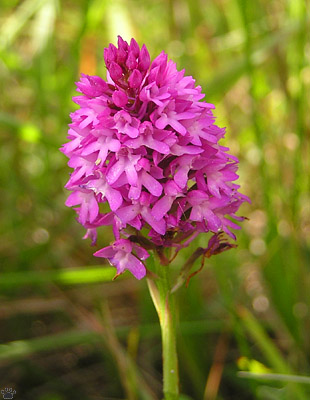
Pyramidal orchid (Anacamptis pyramidalis),
Dartmoor National Park, England. |

Eurasian otter, New Forest National Park, England.
Part 9: Moors
Back to Part 7
Home |